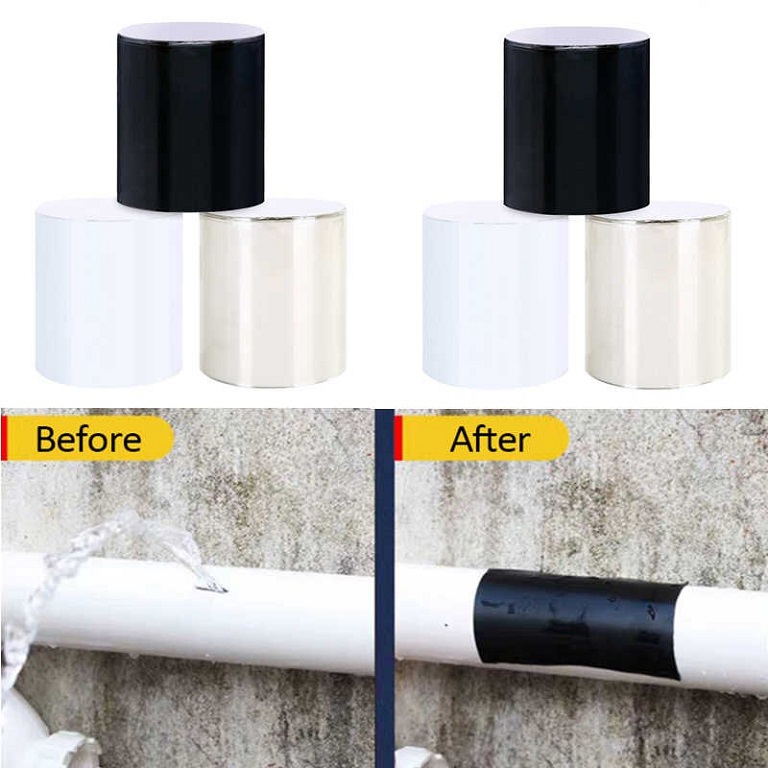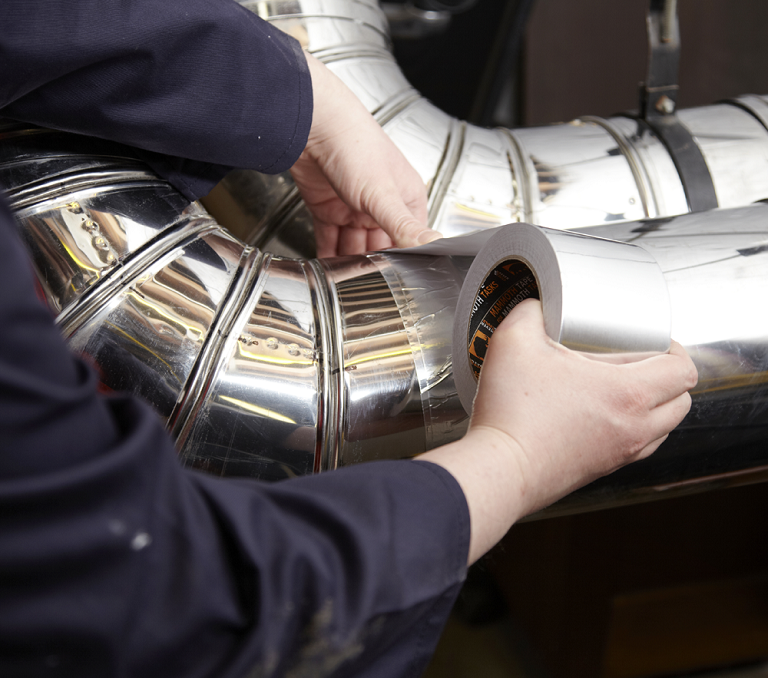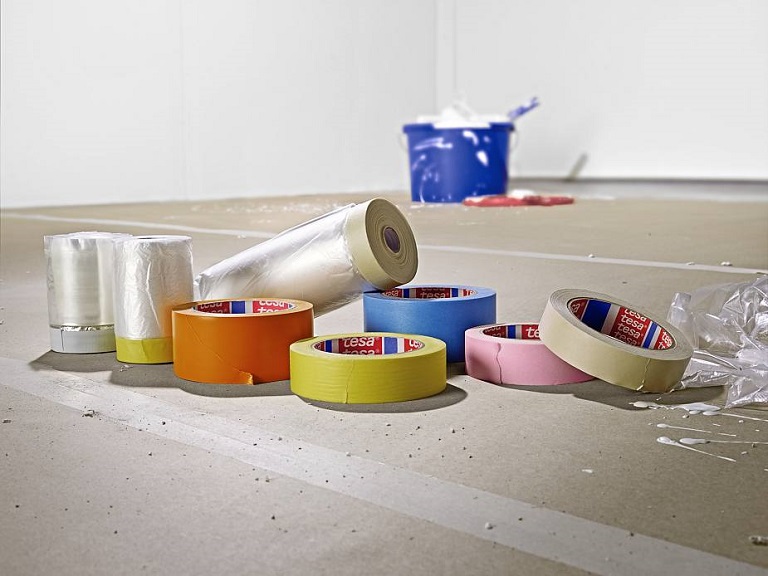Contents
Whether you need to patch up a leaking pipe, insulate an exposed wire or just secure an object to a surface, the right type of adhesive tape can be a quick, affordable and simple fix. In many heavy-duty jobs such as plumbing and construction, adhesive tapes are increasingly replacing the role of fasteners and glues. Why is that so?

Well, for one, industrial-grade adhesive tapes are designed to effectively seal and bond to any kind of surface, from cardboard and paper to fabrics, wood, glass and even metal. So, instead of workers taking the time to drill holes and install fasteners using several types of different tools, if the application allows it, they can finish the task in a matter of seconds using an adhesive tape.
And as opposed to glues, adhesive tapes come in dry form which means they don’t leave any mess behind. Additionally, most industrial-grade adhesives aren’t susceptible to changes in temperature. In other words, they won’t lose their bonding ability regardless of the weather conditions and this allows them to be used for outdoor applications as well as indoor.
However, there are many different types of adhesive tapes available, all of which are designed for a specific purpose. That being said, picking the right tape for your project is essential for getting satisfying results and preventing problems in the future which can arise from an incorrectly used tape. Here are some steps that can help you figure out what kind of tape you need for your application.

What Kind of Environmental Conditions Should the Tape Withstand?
If you want the tape to work properly, the first thing you will need to consider is the conditions it will likely be exposed to. This goes for extreme temperatures (both high and low), moisture, humidity, chemical substances and UV light.
That being said, while rubber adhesive tapes are versatile and have exceptional bonding abilities, they don’t perform well in heat. Any environment with a temperature over 50oC will wreak havoc on rubber adhesive tapes. As a rule, for outdoor exposure and high temperatures, you should use an acrylic or aluminium adhesive tape. For instance, if you need an adhesive that can withstand extreme temperatures and is resistant to water, UV rays and oil, aluminium foil tape could be a great choice. Foil tape is ideal for fixing issues with plumbing, roofs, heating systems and gutters.

On What Kind of Surfaces Will the Tape Be Used?
The texture and contour of the surface the tape used will impact how strong the adhesive bond is. For that reason, different tapes can be used for different surfaces. For instance, pressure sensitive adhesives can work best when applied to clean, non-porous, dry surfaces, such as glass, stainless steel or ceramic. These surfaces usually call for the use of some type of acrylic-based tape which features gel-like silicone adhesives.
However, if you need to work with a textured surface such as fabrics, or very rough and irregular surfaces such as rivets or welds you will need a thicker and more aggressive adhesive to maintain a strong bond. Also, you should also consider whether the surface is coated or painted or contains some sort of plasticiser or other agents that might affect the bond created by the adhesive. The same also goes for any contamination such as dust, sand, oils or moisture. Before applying any type of adhesive, make sure you wipe the surface clean.
Additionally, the contours of the surface can also affect the bonding property of the adhesive. When there are irregular angles to work with, a more flexible tape should be use. Foam-based and rubber adhesive tapes can easily conform to an object’s shape, making them ideal for contoured surfaces.

Do You Need a Permanent or Temporary Bond?
Does your type of application require a permanent bond, or do you need a more flexible bond? Permanent adhesives, such as aluminium foil tape, display exceptional bonding characteristics and maintain a permanent bond throughout most environmental factors. However, some surfaces that are more abrasive, like for instance concrete, may reduce the performance of the tape even though it is designed to offer a permanent bond.
Some applications require removable adhesives. These adhesive tapes also display good bonding characteristics, however, when removed, the adhesive leaves little to no residue. These types of tapes are commonly used in packaging applications and are applied to consumer or commercial objects with paper, cloth or non-porous surfaces such as plastic and metal.
And then, there are also instances where you need the tape that can be easily removed and reattached for unlimited times without losing its bonding property. These kinds of tapes are similar to Velcro tapes, and are called hook and loop. They come in strips or rolls, and consist of two parts – a hook attached to one element and a loop attached to the other with adhesive backings. This way you can attach and detach different components as needed.

